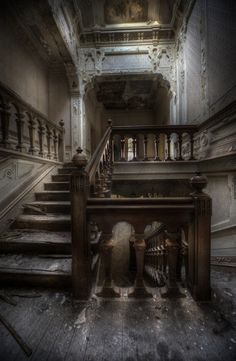JANE EYRE and Gothic literature

————————-
The Gothic Novel and Jane Eyre by Molly Steffen

The term “gothic” as it applies to literature was first used by Horace Walpole for his novel The Castle of Otranto in 1764. According to John Mullan (1), it seems as if he intended the term to mean “something like ‘barbarous’, as well as ‘deriving from the Middle Ages’ ”. Over time, the genre of the gothic novel has come to signify certain characteristics, several of which appear in the novel Jane Eyre.
The most significant component of a gothic novel is the setting of an old building, usually a castle or religious edifice. The building usually contributes a gloomy and even frightening atmosphere for the story’s setting. This is often where the element of the supernatural comes into play in the gothic novel. John Mullan writes, “Gothic involves the supernatural (or the promise of the supernatural), it often involves the discovery of mysterious elements of antiquity, and it usually takes its protagonists into strange or frightening old buildings” (2). This is the case in Jane Eyre, where we find Jane’s childhood home (especially the “red room”), the bleak horror of Lowood School, and especially, Thornfield Hall.

Traditional gothic fiction often includes an array of characters, including a young maiden, an older, foolish woman, a hero, a tyrant or villain, and clergy of some kind (“Gothic Fiction”). Jane Eyre follows suite with Jane as maiden, Aunt Reed, Lady Ingram, and Bessie as older, foolish women, Rochester as hero, Brocklehurst as villain, and St. John Rivers as a clergy of sorts.
As a whole, the setting of Jane Eyre, the unsettling events of her past, and the cast of characters, all contribute to classifying the novel as a gothic one. Personally, I’m grateful for the happy ending.
References:
(1) Mullan, John. “The origin of the gothic” http://www.bl.uk/romantics-and-victorians/articles/the-origins-of-the-gothic#sthash.c6JKqqSy.dpuf
(2) “Gothic Fiction” https://en.wikipedia.org/wiki/Gothic_fiction
